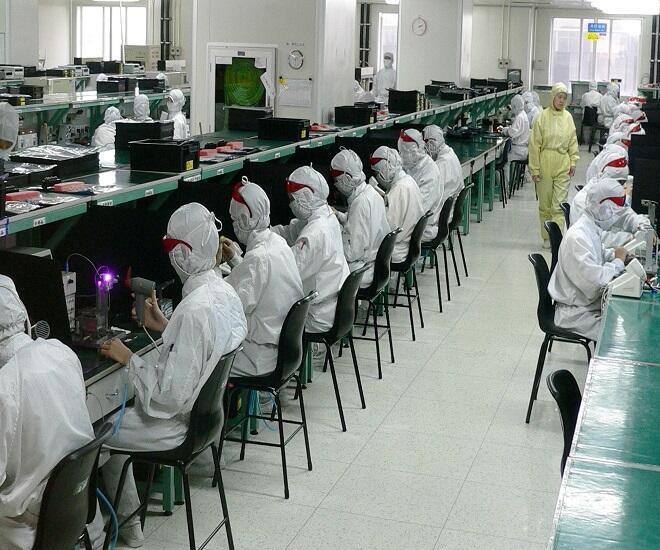India’s mfg industry set to become a growth engine
Article By :

According to Sukumar of KPMG, India has abundant talent to drive the country into a manufacturing hub and add value to the existing manufacturing capabilities.
India's domestic market is expected to skyrocket, according to a report published by KPMG International's 2016 Global Manufacturing Outlook (GMO) last Monday, as it is largely supported by growing consumer affluence and strong economic growth.
The report highlights key factors that will propel India's growth – and consequently take the lead in industrial manufacturing. KPMG ran a survey with 360 senior executives from different sectors, including aerospace and defence, engineering, industrial and metal sectors globally.
In the midst of global uncertainty for OEMs as to where the industry is headed, the partner and head of industrial manufacturing KPMG in India – S.V.Sukumar said that the country's market is emerging as a strong and stable bet.
![[Untitledss]](/wp-content/uploads/sites/4/2020/04/Untitledss.jpg)
__Figure 1:__ *Key takeaways from KPMG International’s Global Manufacturing Outlook, 2016*
"Indeed, KPMG's GMO survey shows that the responding chief executive officers (CEOs) do have plans to achieve their growth objectives through multiple channels. With a preference for organic growth over mergers and acquisition activity (61% versus 40% respectively), most manufacturing CEOs say they will leverage the opportunities in entering new markets and making changes to current service and product mixes," Sukumar said.
Sukmar is optimistic on India's capability to scale up to the next level, allowing the Make In India initiative an achievable goal but noted that the country should begin with targeting exports to neighbouring countries before it positions itself as a global manufacturing hub. One of the country's advantages is its abundant talent. Although the labour cost arbitrage that India used to enjoy slowly being eroded as automation takes the spotlight, multinational corporations are eyeing to set up manufacturing hubs in close proximity to consumption centres.